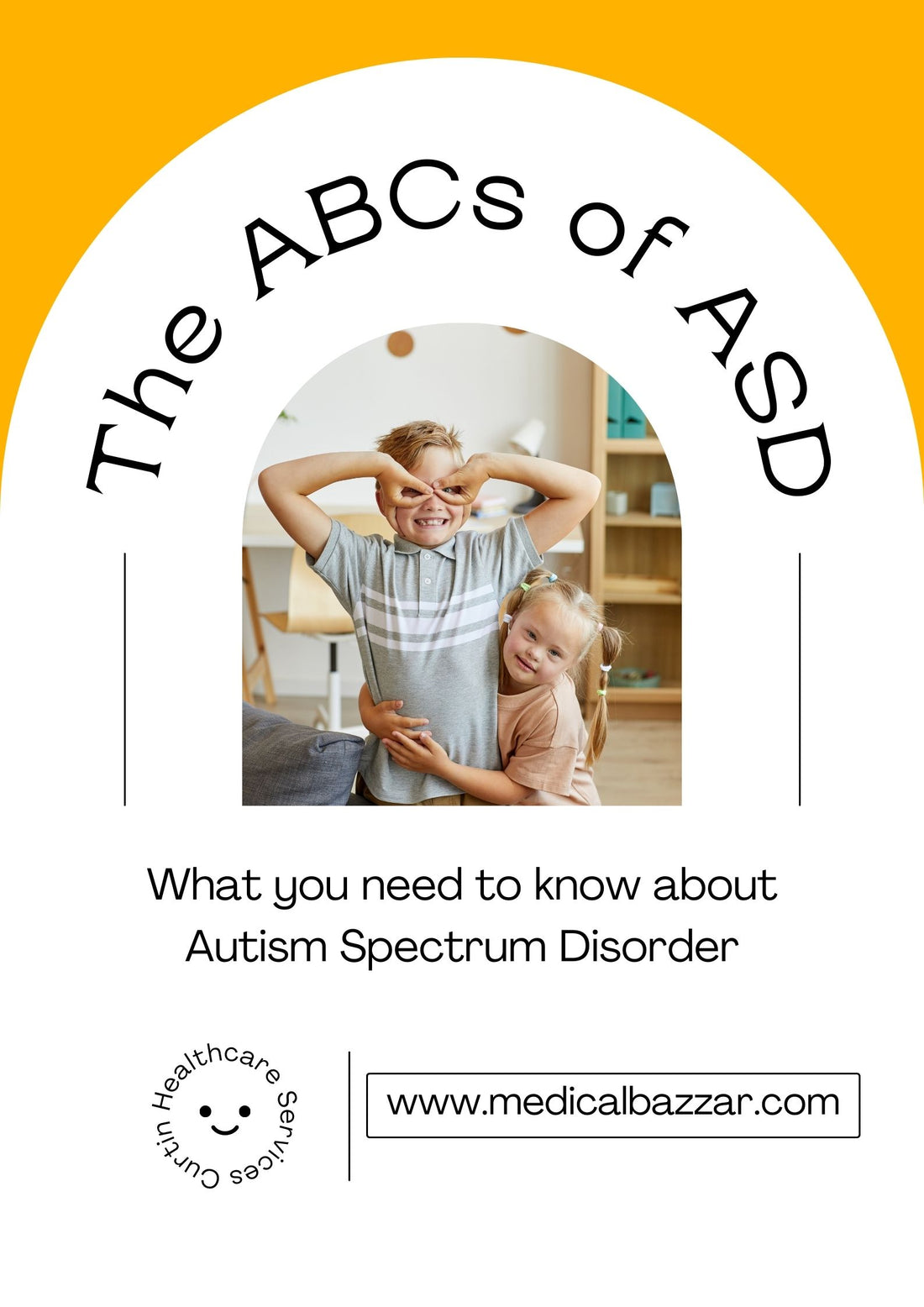Introduction
Autism, also known as Autism Spectrum Disorder (ASD), is a complex neurodevelopmental condition that impacts an individual's social interaction, communication, behavior, and sensory experiences. It is characterized by a wide range of symptoms that vary in severity from person to person. In this blog, we will delve into the 3 main symptoms of autism, shedding light on their significance and providing a deeper understanding of this condition.
- Impaired Social Interaction
One of the hallmark features of autism is impaired social interaction. Individuals with autism often struggle to engage in reciprocal social exchanges and may face challenges in understanding and interpreting social cues. Some of the key aspects of impaired social interaction in autism include:
a. Difficulty with Social Communication: Children and adults with autism may experience difficulties in using and understanding verbal and nonverbal communication. They might struggle to initiate or maintain conversations, make eye contact, or understand gestures and facial expressions.
b. Limited Empathy and Social Awareness: Individuals with autism may have trouble recognizing and understanding others' emotions and perspectives. This can lead to difficulties in forming and maintaining meaningful relationships.
c. Preference for Routine and Isolation: Many individuals with autism find comfort in routine and predictability. They may engage in repetitive behaviors or have specific interests that they focus on intensely. This preference for sameness can sometimes lead to social isolation and difficulty adapting to changes in their environment or routines.
- Communication Challenges
Communication challenges are another core aspect of autism. These challenges can manifest in various ways, affecting both verbal and nonverbal communication. Some of the primary communication difficulties in autism include:
a. Delayed or Limited Speech: While some individuals with autism have no speech delay, others may experience significant delays in developing language skills. Some may never acquire spoken language and rely on alternative forms of communication, such as sign language or augmentative and alternative communication (AAC) devices.
b. Echolalia: Echolalia is a repetitive behavior where individuals with autism repeat words, phrases, or sentences they have heard, often without apparent understanding. It can serve as a way of communicating or processing information.
c. Challenges in Understanding and Using Language: Individuals with autism might have difficulty understanding figurative language, sarcasm, or abstract concepts. They may also struggle with pragmatics – the social rules that govern conversation, such as taking turns and staying on topic.
- Repetitive Behaviors and Restricted Interests
Repetitive behaviors and restricted interests are a defining feature of autism. These behaviors can serve as a way for individuals with autism to cope with sensory overload, anxiety, or to find comfort and predictability in their environment. Common examples include:
a. Stereotypic Movements: Individuals with autism might engage in repetitive body movements or gestures, such as hand-flapping, rocking, or spinning objects. These behaviors can be soothing or self-stimulating.
b. Ritualistic Behaviors: A strong attachment to routines and rituals is a characteristic feature of autism. Changes in routines or unexpected events can lead to distress for individuals who rely heavily on predictability.
c. Intense Focus on Specific Interests: Many individuals with autism develop intense interests in specific topics or subjects. These interests might be all-encompassing and lead to an impressive depth of knowledge in that area.
Conclusion
Understanding the 3 main symptoms of autism – impaired social interaction, communication challenges, and repetitive behaviors with restricted interests – is crucial for promoting awareness, acceptance, and support for individuals with autism. While these symptoms are central to the diagnosis of autism, it's important to remember that every individual with autism is unique, and their experiences and strengths can vary widely. By fostering a compassionate and inclusive society, we can create a more understanding and accommodating environment for people with autism to thrive and reach their full potential.
Click here to check the products which can help your patent to recover from Autism.

